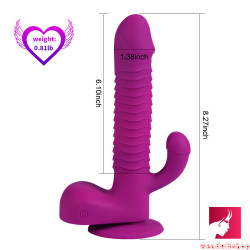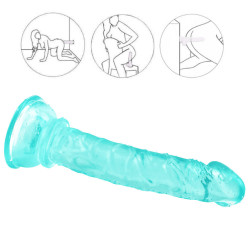
Behavior Modification
One consensual dominance technique is behavior modification, which involves using rewards or penalties to transform undesirable behaviors into more desirable ones. For instance, a dominant person may employ behavior modification strategies to persuade a subordinate to always use proper titles (such as Sir or Madam).
More About Behavior Modification
Psychology's behavioral theories serve as the foundation for behavior modification. According to these beliefs, a specific set of actions—such as punishment or reinforcement—can be used to change behavior.
Reinforcement and punishment are not "good" or "bad," yet they can both be beneficial or harmful. "Positive" refers to either adding something (such as offering a reward or penalty) or taking something away (such as lessening the severity of a punishment or taking away a privilege).
- Giving candy following an instance of good conduct is an example of positive reinforcement.
- Giving five flogger strokes rather than ten would be an example of negative reinforcement.
- A spanking would be an example of positive punishment when misbehavior is observed.
- Denying someone the ability to have an orgasm would be considered negative punishment.
Naturally, the rewards and penalties must be appropriate for both the individual receiving them and the behavior that has to be changed. Since pain is actually a turn-on for masochists, it is not a good idea to use it as a form of punishment.











































